Overview Of Pressure Reducing Valve (Prv)
🧩 OVERVIEW OF PRESSURE REDUCING VALVE (PRV)
1. What is a Pressure Reducing Valve?
A Pressure Reducing Valve (PRV) is a device used to regulate and maintain a constant downstream pressure by reducing high inlet pressure to a safe and stable level.
It plays an essential role in protecting piping systems, equipment, and ensuring operational safety from overpressure.
PRVs are widely applied in:
-
Steam systems
-
Compressed air systems
-
Water distribution systems
-
Hydraulic and industrial process systems
2. Importance of Pressure Reducing Valves in Industrial and Domestic Systems
🔹 Equipment and System Protection
A PRV stabilizes system pressure and prevents overpressure, protecting pumps, pipelines, valves, and tanks from damage or failure.
🔹 Improved Operational Efficiency
By maintaining optimal working pressure, PRVs enhance system performance, minimize pressure fluctuations, and stabilize production processes.
🔹 Energy Saving
Regulating pressure at the required level helps reduce energy waste and lower operating costs.
🔹 Safety for People and Environment
In steam, gas, or chemical systems, PRVs are mandatory safety devices to prevent explosions, leakage, or overpressure accidents.
🔹 Domestic Use
In residential systems, PRVs stabilize water pressure, protecting water heaters, faucets, washing machines, and reducing water consumption.
3. Working Principle of a Pressure Reducing Valve
The PRV operates based on the balance between fluid pressure and the spring or diaphragm force.
Basic operating process:
-
High-pressure fluid enters through the inlet.
-
The spring and diaphragm sense pressure changes and adjust the valve opening.
-
When outlet pressure rises, the valve partially closes to reduce flow.
-
When pressure drops, the valve opens to restore the set pressure.
This self-regulating mechanism ensures the outlet pressure remains constant and safe, regardless of upstream pressure changes.
4. Main Components of a Pressure Reducing Valve
| Component | Function |
|---|---|
| Diaphragm | Reacts to pressure changes and adjusts valve opening. |
| Spring | Provides counteracting force to set outlet pressure. |
| Adjusting Screw | Allows manual setting of desired pressure. |
| Valve Seat | Controls fluid flow and ensures tight sealing. |
| Inlet / Outlet Ports | Entry and exit points of the fluid. |
| Piston or Plunger | (Optional) Enhances control precision. |
| Valve Body | Protects internal components, typically made of brass, cast iron, stainless steel, or alloy steel. |
5. Types of Pressure Reducing Valves
🔸 Direct-Acting Pressure Reducing Valve
-
Simple design, operates without pilot control.
-
Suitable for small systems with low flow rates, such as water or compressed air lines.
-
Advantages: Low cost, easy installation.
-
Disadvantages: Less accurate under variable flow conditions.
🔸 Pilot-Operated Pressure Reducing Valve
-
Consists of a main valve and a pilot valve for precise control.
-
Ideal for large industrial systems requiring accurate pressure regulation.
-
Advantages: Stable, high capacity, fast response.
-
Disadvantages: Higher cost and more complex design.
6. Comparison Between Direct-Acting and Pilot-Operated PRVs
| Criteria | Direct-Acting PRV | Pilot-Operated PRV |
|---|---|---|
| Design | Simple | More complex |
| Accuracy | Moderate | Very high |
| Control | Manual | Automatic, fast response |
| Application | Water, air, small systems | Steam, oil, industrial gases |
| Price | Low | Higher |
7. Practical Applications of PRVs
🔹 Industrial Applications
-
Oil & Gas: Maintain pressure in pipelines, prevent explosions.
-
Chemical Plants: Control reaction pressure accurately.
-
Food & Beverage: Regulate steam or gas in pasteurization, bottling.
-
Power Plants & HVAC: Manage steam and air flow.
-
Water Supply Systems: Balance pressure across city zones.
🔹 Domestic Applications
-
Stabilize household water pressure from municipal supply.
-
Protect appliances from excessive pressure.
-
Improve the durability of plumbing systems.
-
Reduce energy and water usage.
8. Why You Should Use a Pressure Reducing Valve
✅ Protect your entire system and equipment.
✅ Maintain consistent pressure for stable operation.
✅ Reduce maintenance and operating costs.
✅ Ensure safety for operators and facilities.
✅ Suitable for water, air, steam, and hydraulic applications.
9. Conclusion
The Pressure Reducing Valve (PRV) is an essential safety and control component in any pressurized system.
It not only protects equipment and ensures safety, but also enhances performance and reduces operational costs.
At PME Vietnam (Phuc Minh Engineering Co., Ltd), we supply a wide range of pressure reducing valves for water, steam, air, and oil systems, from leading brands such as VYC, Samyang, Yoshitake, VENN and TLV.
👉 Contact us at pm-e.vn for professional consultation and the best solution for your pressure control system.
- 🌐 Website: www.pm-e.vn
- 📧 Email: info@pm-e.vn
- ☎️ Tel: +84 (28) 3535 2125 | Fax: +84 (28) 3535 0254
- 📍 Address: 92/38 Street No.12, KP18, Binh Hung Hoa Ward, Binh Tan District, Ho Chi Minh City, Vietnam
- 📱 Zalo: 0902 720 8
💡 PME Vietnam – Official Distributor of Samyang Valves in Vietnam
Supplying genuine Korean industrial valves for steam, air, water, and hydraulic systems.
Related News
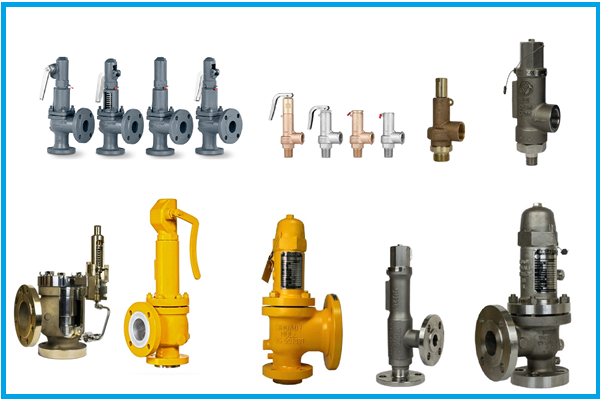
Benefits and uses of safety valves
05/11/2025
Safety valves are essential devices in industrial systems, designed to protect equipment and ensure operator safety. Below is a detailed analysis of the benefits and applications of safety valves.
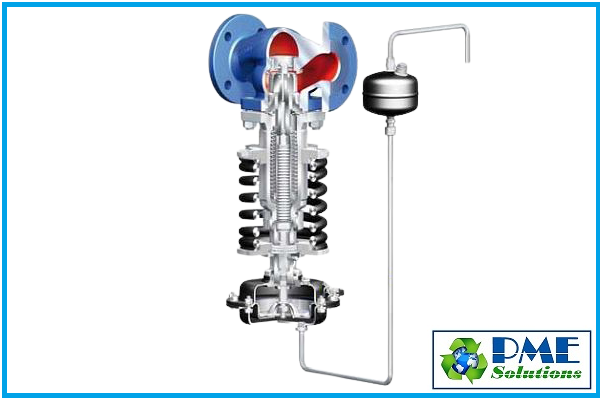
Benefits, Functions, and Applications of Pressure Reducing Valves
05/11/2025
Pressure reducing valves, also known as pressure regulating valves, are critical devices in industrial piping systems that help control and maintain safe pressure levels, protecting equipment from damage due to overpressure. Below is a detailed analysis of the benefits, functions, and applications of pressure reducing valves.
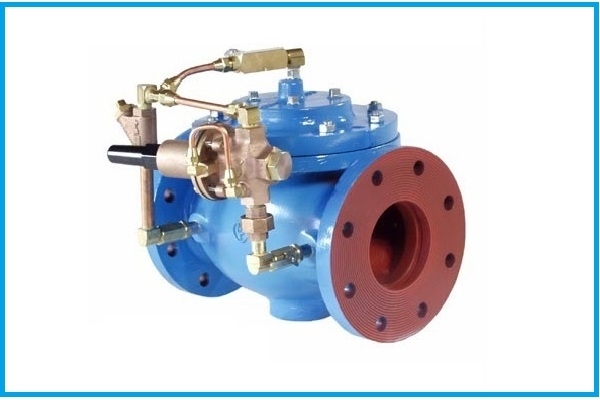
What is a pressure reducing valve? Structure, Operating Principle, Adjustment and Classification of Pressure Reducing Valves.
05/11/2025
Pressure Reducing Valve is also known as pressure regulator, pressure stabilizer, pressure regulating valve, etc. It is a type of industrial valve installed on the pipeline, with the function of reducing pressure and stabilizing output pressure, so that the output pressure is always smaller than the input pressure of the system, helping fluids to be easily transmitted to different devices. but the pressure is not too different.
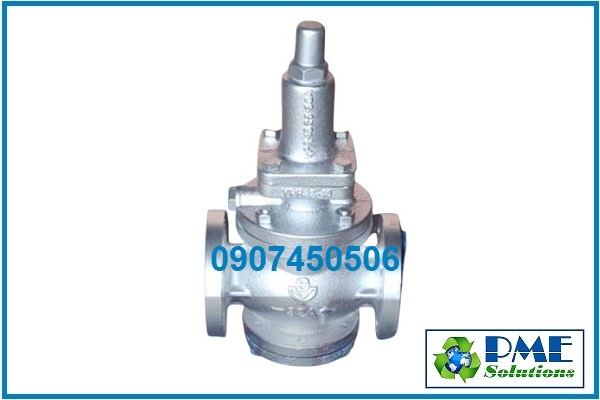
WORKING PRINCIPLE OF SAMYANG PRESSURE REDUCING VALVE
05/11/2025
Samyang pressure reducing valve is an automatic pressure control device widely used in steam, air, water, and hydraulic systems. Manufactured in Korea, Samyang valves are designed to stabilize outlet pressure, protect equipment, and extend the lifespan of piping systems.
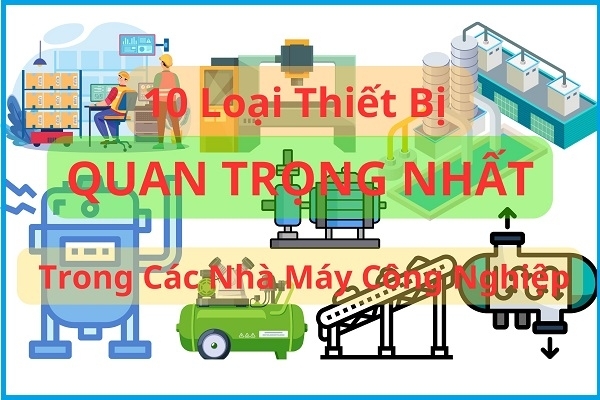
10 Most Important Industrial Equipment in Factories
05/11/2025
Modern industrial factories rely on a range of equipment to maintain high performance and ensure continuous operation. Below is a detailed description of the 10 most important types of industrial equipment, including their functions, applications, advantages, and disadvantages.









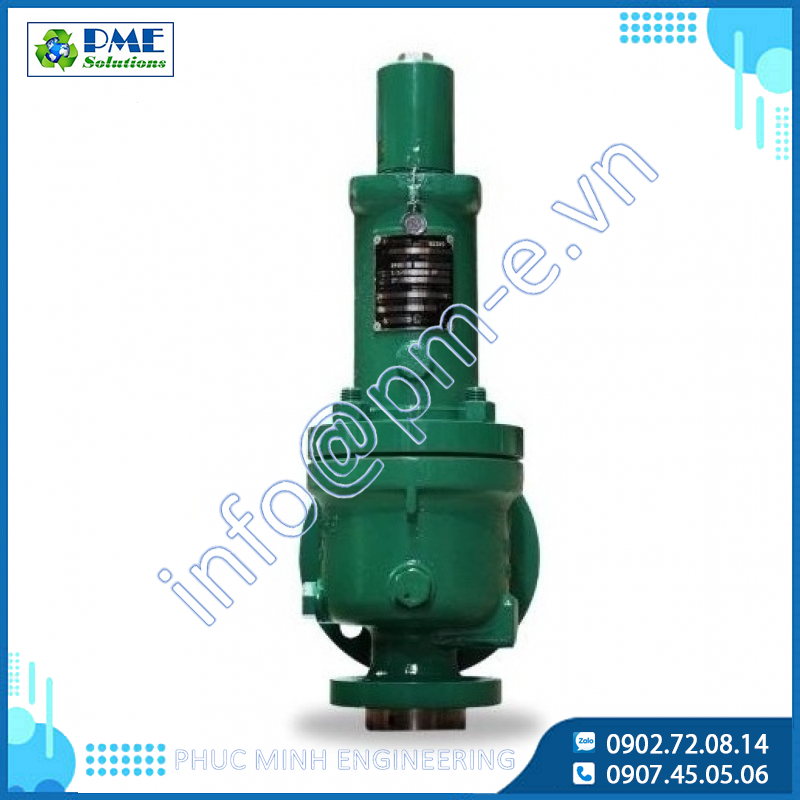
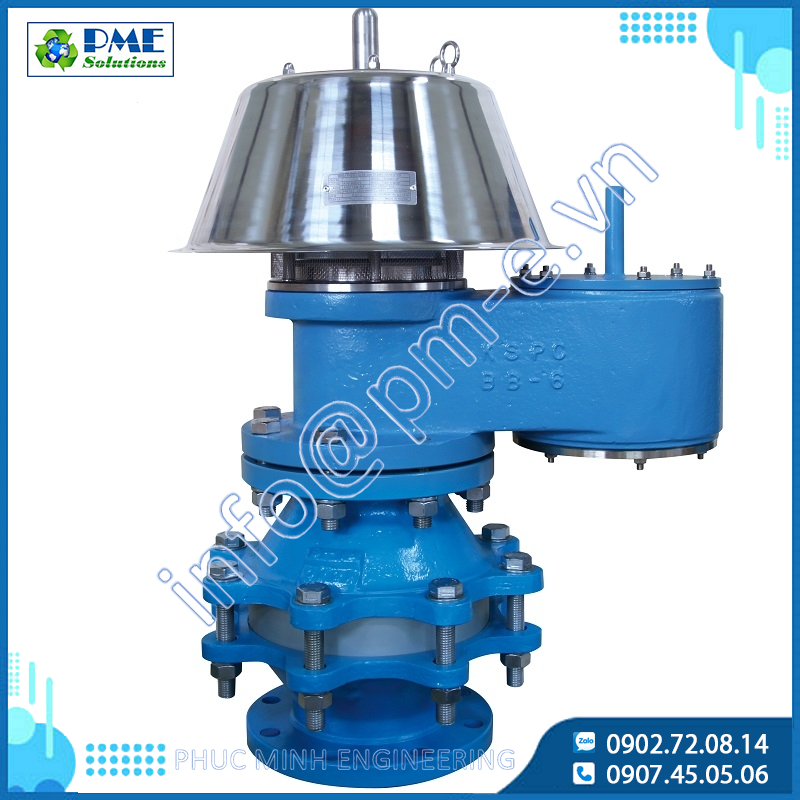
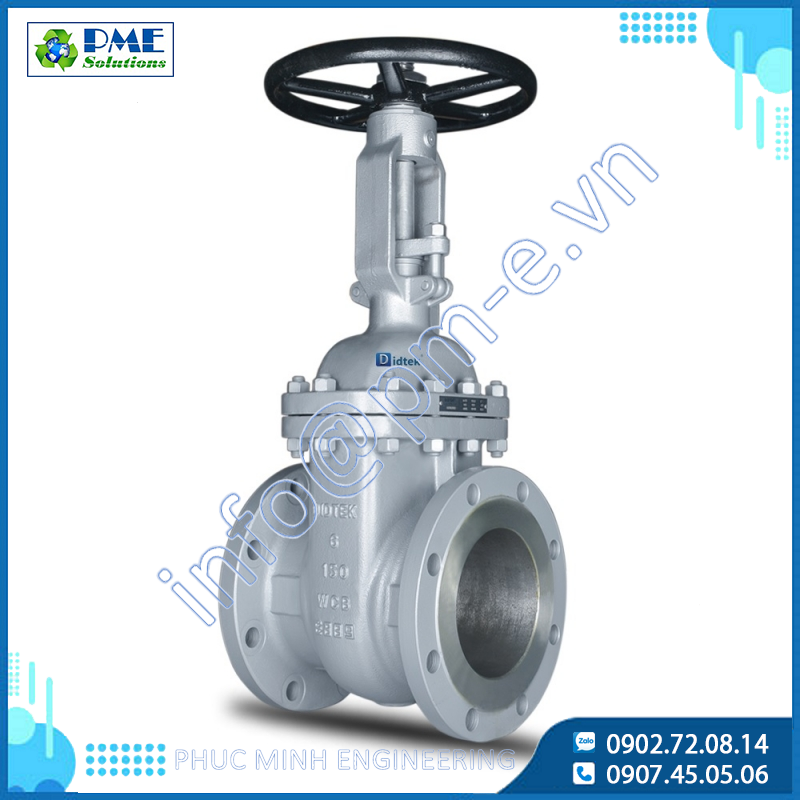
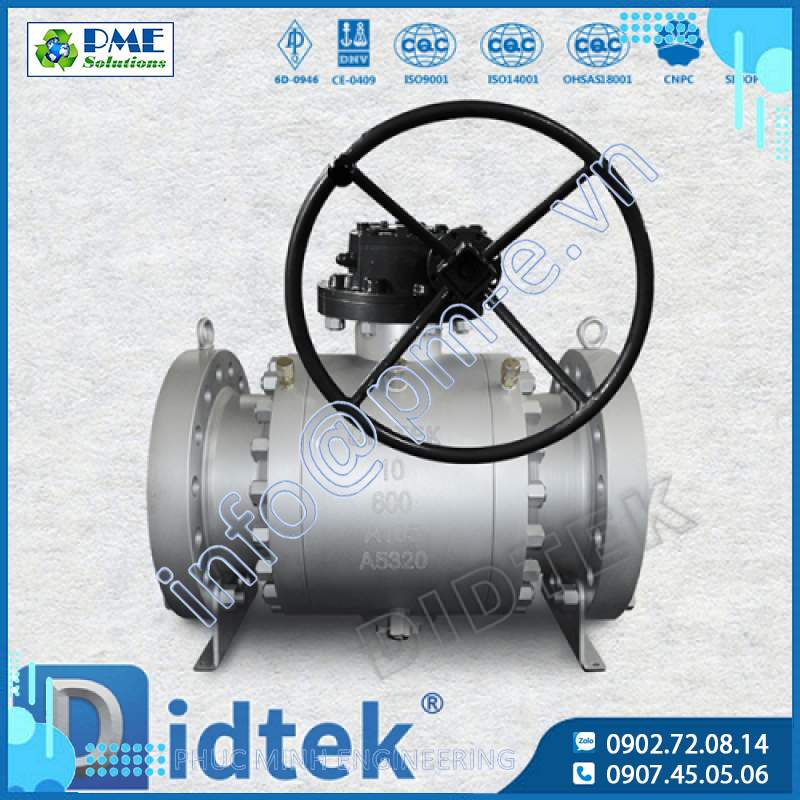
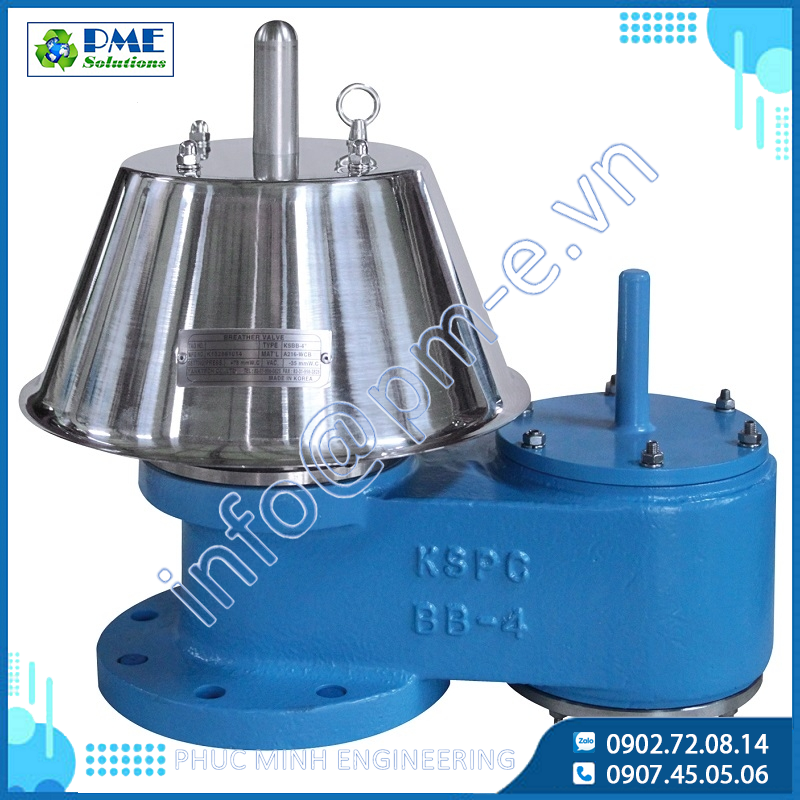
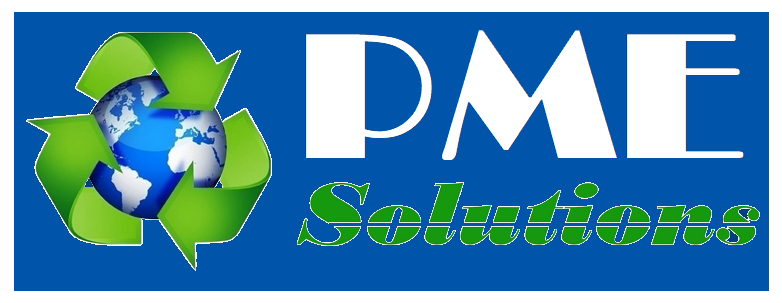

.png)






